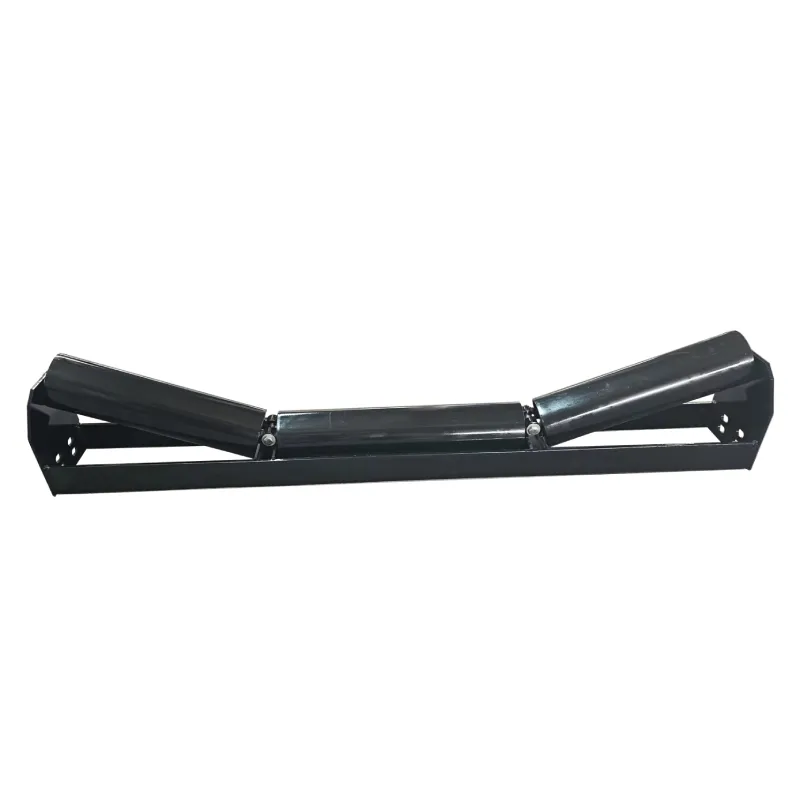 Afrikaans
Afrikaans  Albanian
Albanian  Amharic
Amharic  Arabic
Arabic  Armenian
Armenian  Azerbaijani
Azerbaijani  Basque
Basque  Belarusian
Belarusian  Bengali
Bengali  Bosnian
Bosnian  Bulgarian
Bulgarian  Catalan
Catalan  Cebuano
Cebuano  Corsican
Corsican  Croatian
Croatian  Czech
Czech  Danish
Danish  Dutch
Dutch  English
English  Esperanto
Esperanto  Estonian
Estonian  Finnish
Finnish  French
French  Frisian
Frisian  Galician
Galician  Georgian
Georgian  German
German  Greek
Greek  Gujarati
Gujarati  Haitian Creole
Haitian Creole  hausa
hausa  hawaiian
hawaiian  Hebrew
Hebrew  Hindi
Hindi  Miao
Miao  Hungarian
Hungarian  Icelandic
Icelandic  igbo
igbo  Indonesian
Indonesian  irish
irish  Italian
Italian  Japanese
Japanese  Javanese
Javanese  Kannada
Kannada  kazakh
kazakh  Khmer
Khmer  Rwandese
Rwandese  Korean
Korean  Kurdish
Kurdish  Kyrgyz
Kyrgyz  Lao
Lao  Latin
Latin  Latvian
Latvian  Lithuanian
Lithuanian  Luxembourgish
Luxembourgish  Macedonian
Macedonian  Malgashi
Malgashi  Malay
Malay  Malayalam
Malayalam  Maltese
Maltese  Maori
Maori  Marathi
Marathi  Mongolian
Mongolian  Myanmar
Myanmar  Nepali
Nepali  Norwegian
Norwegian  Norwegian
Norwegian  Occitan
Occitan  Pashto
Pashto  Persian
Persian  Polish
Polish  Portuguese
Portuguese  Punjabi
Punjabi  Romanian
Romanian  Russian
Russian  Samoan
Samoan  Scottish Gaelic
Scottish Gaelic  Serbian
Serbian  Sesotho
Sesotho  Shona
Shona  Sindhi
Sindhi  Sinhala
Sinhala  Slovak
Slovak  Slovenian
Slovenian  Somali
Somali  Spanish
Spanish  Sundanese
Sundanese  Swahili
Swahili  Swedish
Swedish  Tagalog
Tagalog  Tajik
Tajik  Tamil
Tamil  Tatar
Tatar  Telugu
Telugu  Thai
Thai  Turkish
Turkish  Turkmen
Turkmen  Ukrainian
Ukrainian  Urdu
Urdu  Uighur
Uighur  Uzbek
Uzbek  Vietnamese
Vietnamese  Welsh
Welsh  Bantu
Bantu  Yiddish
Yiddish  Yoruba
Yoruba  Zulu
Zulu conveyor belt parts and functions
Understanding Conveyor Belt Parts and Their Functions
Conveyor belts are essential components in various industries, playing a crucial role in material handling. These systems streamline processes, enhance productivity, and reduce manual labor. To appreciate their significance, it is crucial to understand the key parts of conveyor belts and their respective functions.
1. Belt
The conveyor belt itself is the most visible part of the system. Typically made of rubber, fabric, or metal, the belt serves as the surface on which materials are transported. The choice of material depends on the application for instance, rubber belts are preferred for their flexibility and durability, while metal belts are used for high-temperature applications. The belt must be designed to withstand wear and tear while ensuring a strong grip on the materials being moved.
2. Pulleys
Pulleys are cylindrical components that are essential for the belt's movement. There are generally two types of pulleys the drive pulley and the idler pulley. The drive pulley is powered by a motor and propels the belt forward, while the idler pulley supports the belt and helps maintain its tension. The arrangement and size of these pulleys can significantly influence the conveyor's performance and efficiency.
3. Motor
The motor is the powerhouse of the conveyor belt system. It provides the necessary energy to move the belt and is typically located near the drive pulley. Motors can vary in type, from electric to hydraulic, depending on the application and the load the system must bear. The selection of an appropriate motor is critical to ensure that it can handle the expected workload without overheating or failing.
4. Frame
The frame supports all the conveyor’s components and provides stability. Made from various materials such as steel or aluminum, the frame must be robust enough to hold the weight of the items being transported, as well as the other parts of the conveyor system. A well-constructed frame reduces vibration and ensures smooth operation, enhancing the life of the conveyor system.
conveyor belt parts and functions

Support rollers are placed under the conveyor belt to aid in its movement. They help reduce friction, which decreases wear on both the belt and the drive system. Properly spaced support rollers can help distribute the load evenly across the belt, improving its overall efficiency and longevity. The design of these rollers can vary based on the type of material being conveyed and the belt configuration.
6. Tensioning Device
A tensioning device is essential for maintaining the correct tension in the conveyor belt. If the belt is too loose, it may slip or come off the pulleys, leading to operational disruptions. Conversely, if the tension is too high, it can lead to excessive wear or even belt rupture. Various tensioning methods exist, including manual and automatic systems, to ensure optimal tension is maintained during operation.
7. Control System
Modern conveyor belts often incorporate control systems that allow operators to manage the speed and direction of the belt. These systems can include simple on/off switches or advanced programmable logic controllers (PLCs) that automate the entire conveyor operation. Sensors can also be installed to detect the presence of items on the belt, allowing for more sophisticated control and monitoring.
8. Safety Features
Safety is paramount in conveyor belt operations. Many systems are equipped with safety features such as emergency stop buttons, guardrails, and sensors to detect malfunctions. Additionally, regular maintenance is crucial to ensure all parts are functioning correctly and to prevent accidents.
Conclusion
In conclusion, understanding the parts of conveyor belts and their functions is vital for anyone involved in material handling and industrial operations. Each component plays a crucial role in ensuring the smooth and efficient transport of materials, contributing to the overall productivity of various industries. By regularly maintaining these components and leveraging advanced technologies, businesses can maximize the benefits of conveyor belt systems, ultimately leading to enhanced operational efficiency.
-
Revolutionizing Conveyor Reliability with Advanced Rubber Lagging PulleysNewsJul.22,2025
-
Powering Precision and Durability with Expert Manufacturers of Conveyor ComponentsNewsJul.22,2025
-
Optimizing Conveyor Systems with Advanced Conveyor AccessoriesNewsJul.22,2025
-
Maximize Conveyor Efficiency with Quality Conveyor Idler PulleysNewsJul.22,2025
-
Future-Proof Your Conveyor System with High-Performance Polyurethane RollerNewsJul.22,2025
-
Driving Efficiency Forward with Quality Idlers and RollersNewsJul.22,2025





























